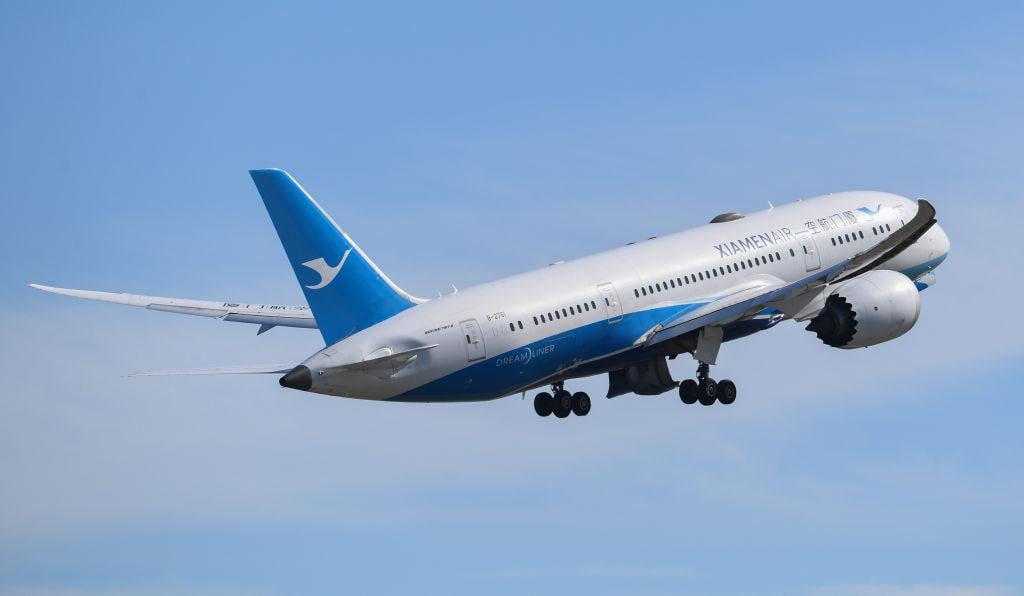
SINGAPORE—Positive of a strong rebound from the world’s second-largest aviation market, Boeing has readjusted its China commercial market outlook upward by another 100 aircraft to a total of 8,700 by 2040.
Valuation also increased to $1.47 trillion from $1.4 trillion in Boeing’s 2020 report. The latest forecast expects China’s annual passenger traffic and fleet growth to remain steady at 5.4% and 4.4% respectively.
Although China’s fleet growth is above the Asia-Pacific average of 4.2%, it is outshone by Southeast Asia and South Asia, which are expected to grow 5% and 6.6% respectively. Nonetheless, Boeing expects China’s domestic traffic to overtake Europe’s by 2030 and North America’s by 2040.
Single-aisle aircraft deliveries have been adjusted by another 50 narrowbodies to 6,490. This category includes the COMAC C919 aircraft, while the Chinese OEM’s ARJ21 is pegged under regional jets. There is a forecasted fleet of 390 by 2040 for these smaller airliners.
China’s widebody deliveries over the next two decades of 1,650 aircraft will surpass all markets outside Asia-Pacific. One contributing factor to this trend is high domestic demand which sees twin-aisle aircraft deployed on popular trunk routes within China.
Separately, the Civil Aviation Administration of China (CAAC) said its airport distribution now covers 92% of prefecture-level cities and air services cover 88% of the country’s population. The regulator says its data has also shown that passenger throughput in airports around so-called poverty alleviation areas have increased from 28 million in 2012 to 78 million in 2019, solidifying its theory that access to air services can optimize investments in remote areas and improve local economies.





